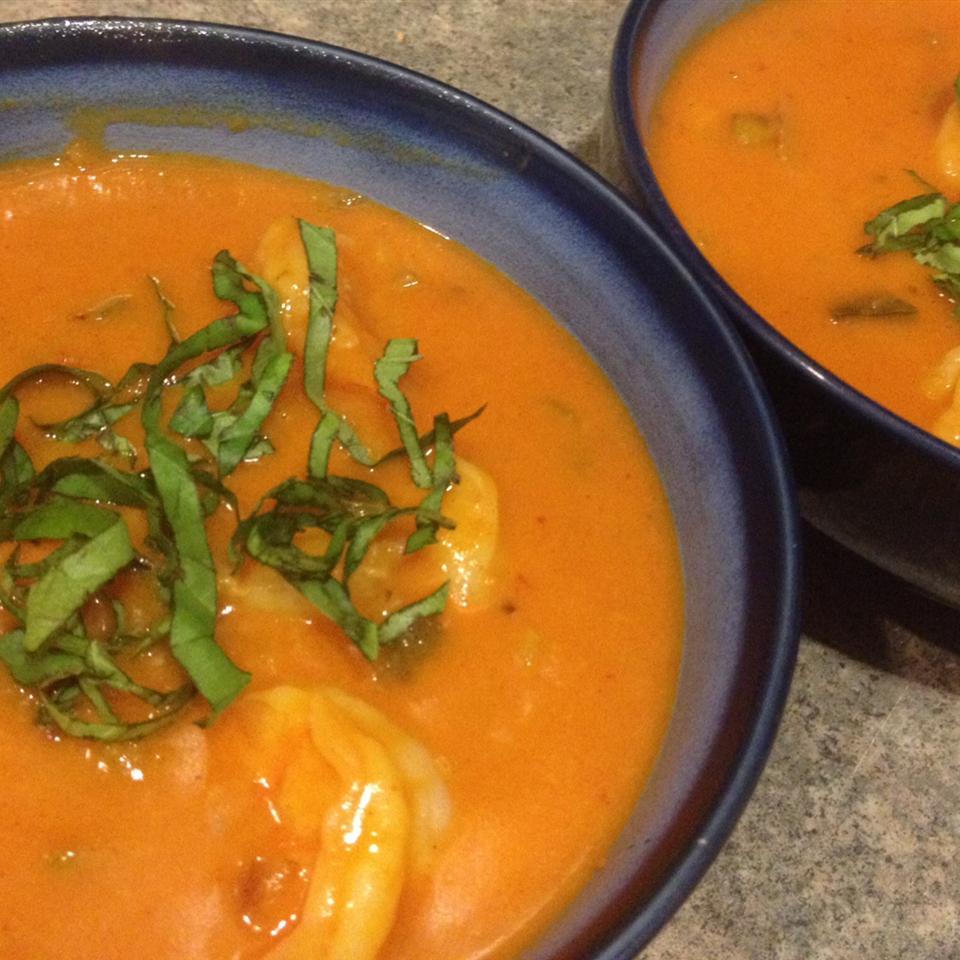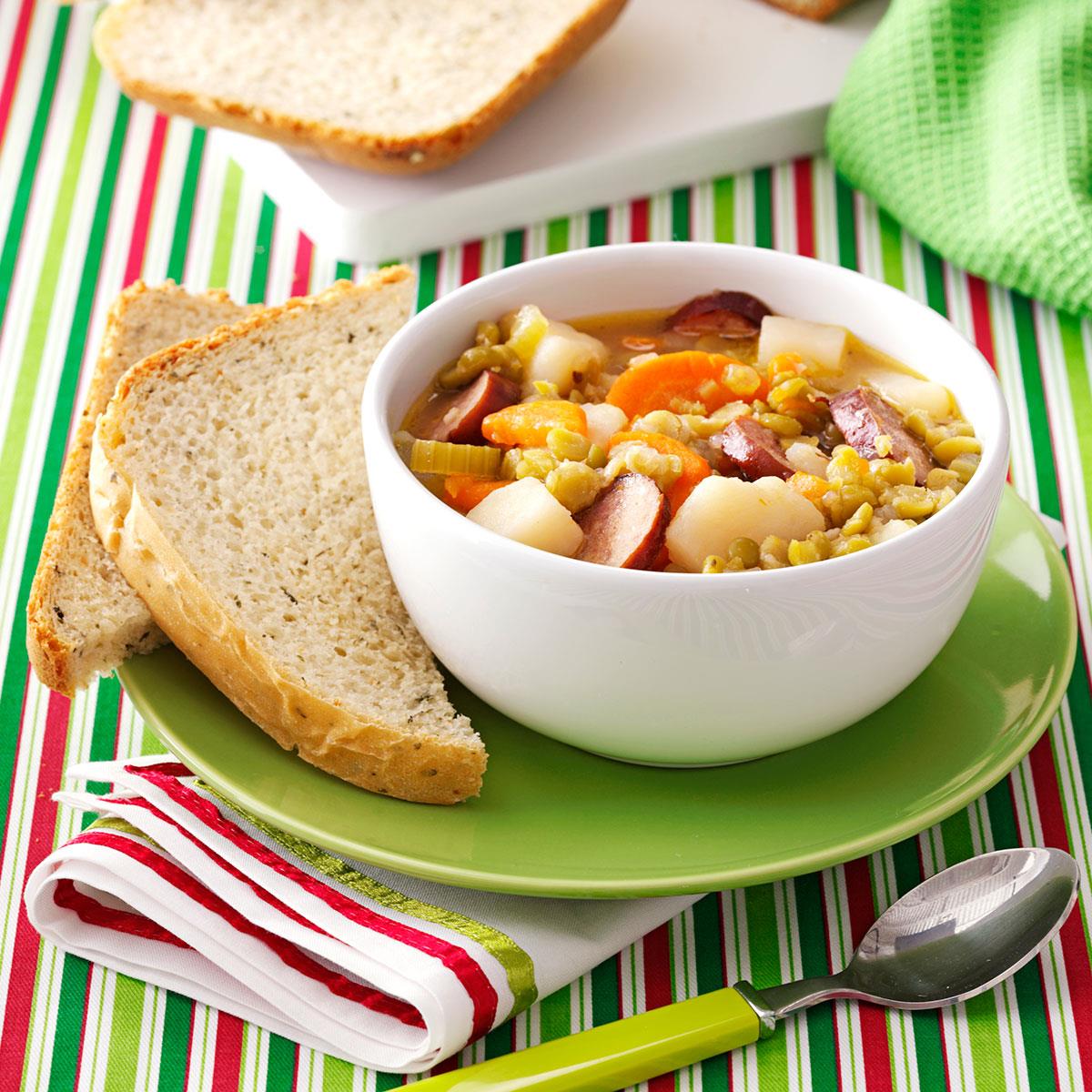**Steamed Buns - A Culinary Delight from East Asia**
Steamed buns, also known as baozi in Chinese, are a delectable treat that originated in East Asia. These soft and fluffy buns are made from fermented dough and filled with a variety of savory or sweet ingredients, creating a harmonious blend of flavors and textures. With their delicate appearance and versatile fillings, steamed buns have captured the hearts of food enthusiasts worldwide.
This comprehensive guide to steamed buns offers a collection of recipes that cater to every taste. Inside, you'll find classic recipes like the traditional pork bun, a savory delight filled with tender pork and aromatic spices. For a vegetarian option, the vegetable bun is a vibrant combination of fresh vegetables and savory seasonings.
If you're craving something sweet, the red bean bun is a delightful dessert option, with its sweet red bean filling and soft, chewy bun. And for a unique twist, try the chocolate bun, a decadent treat that combines rich chocolate filling with a fluffy bun.
Each recipe provides detailed instructions, ensuring that even novice cooks can create these steamed buns with ease. Step-by-step guides, helpful tips, and enticing photographs accompany each recipe, making the cooking process enjoyable and rewarding.
So, embark on a culinary journey and explore the world of steamed buns. Indulge in the savory flavors of the pork bun, delight in the vibrant freshness of the vegetable bun, satisfy your sweet cravings with the red bean bun, and treat yourself to the decadent indulgence of the chocolate bun. Happy cooking and enjoy the delectable world of steamed buns!
SOFT FLUFFY CHINESE STEAMED BUNS RECIPE (BAOZI/MANTOU)
Steps:
- I highly recommend watching the video as it really helps to understand the process so much better
- Place the flour/starch combination (either option 1 or 2), instant yeast, sugar, salt in a mixing bowl and stir to combine. Add milk and oil in a mixing bowl. If you are using a stand mixer, use a dough hook attachment. You may or may not need more liquid. With option 1 I use close to 200 ml and with option 2 I need about 180 ml. This is just for your reference, you may need more or less
- Turn on the mixer at the lowest speed to prevent flour from flying all over the place. Continue to knead at low speed (speed 2 on KA) for 12-15 minutes (updated for the best result) or until the dough is smooth, silky and elastic. When you stretch the dough thinly, it won't tear (windowpane stage)
- Place the flour/starch combination (either option 1 or 2), instant yeast, sugar, salt, and oil in a mixing bowl. Start with 180 ml of liquid, most likely you will need more liquid than called for in the recipe. I usually need about 180-200 ml of liquid. Mix until you get a rough dough (it's not going to be smooth yet). Cover and rest it for 15 minutes
- Then go back and knead it. You'll be surprised by how easier it is to knead it now. Knead until the dough is smooth and pliable. The kneading motion is like washing a cloth by hands. At any point during kneading, you can always stop and rest the dough if you find it hard to knead and so much resistant. This is to relax the gluten. Then go back to knead again and you'll be surprised by the difference it makes by just resting the dough before kneading again. It's easier for you too. You want the dough that is smooth, silky, and elastic. Just to warn you that it's going to take some time to knead by hands. It may take 20-30 minutes total of time to knead by hands
- Divide the dough into 10-12 equal portions. Flatten and gather the edge to round them up into dough balls. Cover and rest the dough for 15 minutes. This is not to proof the dough. It shouldn't double in size. This is to relax the gluten for easier shaping and rolling the dough, then proceed to next step that's applicable to you
- Lightly dust the work surface with some flour. Work with one dough at a time. Flatten the dough with your palm and then use a rolling pin to roll it out to form a circle about 4-5 inches, with a slightly thicker middle part. This is to support the weight of the filling. Don't roll the dough too thin. If you roll the dough too thin, the filling might make the steamed buns "wrinkle" later when you steam. Place the filling at the center and then gather the sides to enclose the bun and pinch to seal. Flip the bun so the seam side is down now
- Cup the dough with both palms and move the dough in a circular motion to shape it taller. This part is important so your steamed buns come out tall instead of spreading to the side after steaming. Repeat with the rest of the dough. Cover with a clean kitchen towel and proceed to proofing
- Divide the dough into 10-12 equal portions. Flatten and gather the edge to round them up into dough balls. Roll the dough into a smooth round ball in between the palm of your hand or as I did in the video. REALLY make sure the dough is smooth.
- Cup the dough with both palms and move the dough in a circular motion to shape it taller. This part is important so your steamed buns come out tall instead of spreading to the side after steaming
- Place on a piece of parchment paper. Lightly dab the surface of the bun with some milk using your finger to smooth the surface. You can also mist with some water using a spray bottle. Loosely cover with clean kitchen towel to prevent drying. Work with another dough and do the same. Proceed to proofing after that
- Roll the dough into a long log and use a dough cutter to cut into 8-10 equal portions using a serrated knife is best so it won't squish the dough down. Lightly dab the surface of the bun with some milk using your finger to smooth the surface or mist with some water using a spray bottle. Proceed to proofing step below
- Let the dough rise at room temperature or at a warm place. If it's winter where you are, you can use your oven "bread proof" function to let them proof in there, or simply turn on your oven to the lowest temperature and then turn off and after 15 minutes, place the shaped buns in there to let them proof. They won't necessarily double in size, but at least puff up to about 50% of the original size. This may take about 1 hour or longer at a warm temperature. Don't go by the time however. Observe the dough instead!
- For active dry yeast and fresh yeast, you may need a bit longer for it to proof compare to instant yeast. If you use more sugar in the recipe, you may need to proof a bit longer too. Do not overproof your dough however
- How do you know if your buns have proofed ? They will be about 50% bigger than their original size AND when you lift them up, they should feel significantly lighter. If not, let them proof a bit longer. They may not visually look bigger. Use a finger test too. When you gently push on the dough, it will leave an indentation but it will spring back slowly. This dough is perfectly proofed. If it springs back right away, it needs to be proofed a bit longer. If it never springs back, then you have over-proofed the dough. Loosely cover them with plastic wrap and put the over-proofed buns in the fridge to slow down the proofing while waiting for the steamer
- An under proofed buns will be very dense and have bumpy surface after steaming. An over proofed buns may widen to the side and much flatter, but they shouldn't be dense and heavy. So, overproof may still be a bit "safer" compared to the buns not sufficiently proofed. Ideally, we want it to be perfectly proofed of course ;)
- Most likely your steamer won't be able to accommodate steaming all buns at one go. You may need to steam in 2-3 batches, which means, the rest of the batches will sit longer and continue to proof while waiting for the steamer. Here's what you can do: Make sure to cover them with plastic wrap and then place them in the refrigerator to slow down the yeast activity until they are ready to be steamed
- Fill up the steamer with water but do not turn on the stove yet. Carefully arrange the proofed buns in the steamer, giving about 2 inches of space in between as they will expand quite a bit. Cover with a lid wrapped with a cloth to prevent condensation from dropping on the surface of the buns. If you use a bamboo steamer, you don't need to wrap the lid as bamboo steamer absorbs liquid
- Please note that I use the largest burner on my stove. Different sizes of burners will produce different amount of heat, so use your largest burner. TURN THE HEAT TO MEDIUM (6/10)
- When the water comes to a simmer, crack the lid open about 1/2 inch gap and start the timer. Steam with the lid cracked open like that for 10 minutes
- After steaming, turn off the heat. DO NOT OPEN THE LID of the steamer. Let the buns sit there for 3 minutes. The buns will not sink or wrinkle due to the sudden change in temperature
- Proceed with the next batch and steam with the same method and setting as I mentioned above. You don't have to wait for the water in the steamer to cool down to start. Just turn on the stove to medium heat, crack the lid open immediately and the time starts when water is back to a simmer again
- Serve them warm or immediately remove the buns to wire rack to let them cool down. This is to ensure the bottom of the steamed buns will not be wet and soggy
- If you make extra and plan to store them, let the already steamed buns cooled down completely and then place them on a baking sheet, not touching each other, and then put the entire tray inside the freezer for about 1 hour. They will harden, but not completely frozen yet. Transfer to a freezer bag and they will not stick to each other anymore. Try not to keep for more than 1 month
- They can go straight from freezer to steamer when you ready to eat them. Steam on high heat for 5 minutes and they are as good as new
Nutrition Facts : ServingSize 1 medium-size plain bun no filling, Calories 149 kcal, Carbohydrate 29 g, Protein 4 g, Fat 2 g, SaturatedFat 1 g, TransFat 1 g, Cholesterol 2 mg, Sodium 108 mg, Fiber 1 g, Sugar 6 g, UnsaturatedFat 2 g
STEAMED BAO BUNS

Fill these steamed Chinese bread rolls with BBQ pork and pickled vegetables for a perfect Chinese New Year party nibble
Provided by Jeremy Pang
Categories Buffet, Side dish, Snack, Supper
Time 1h4m
Yield Makes 18 buns
Number Of Ingredients 7
Steps:
- Mix together the flour, caster sugar and ½ tsp salt in a large bowl (see tip). Dissolve the yeast and a pinch of sugar in 1 tbsp warm water, then add it to the flour with the milk, sunflower oil, rice vinegar and 200ml water. Mix into a dough, adding a little extra water if needed.
- Tip the dough onto a lightly floured work surface and knead for 10-15 mins, or until smooth. Put in a lightly oiled bowl, cover with a damp cloth and leave to rise for 2 hrs, or until doubled in size.
- Tip the dough out onto a clean work surface and punch it down. Flatten the dough with your hands, then sprinkle over the baking powder and knead for 5 mins.
- Roll out the dough into a long sausage shape, about 3cm thick, then cut into pieces that are about 3cm wide - you should have 18. In the palm of your hand, roll each piece of dough into a ball and leave to rest for 2-3 mins.
- Use a rolling pin to roll out each ball, one by one, into an oval shape about 3-4mm thick. Rub the surface of the dough ovals with oil and brush a little oil over a chopstick. Place the oiled chopstick in the centre of each oval. Fold the dough over the chopstick, then slowly pull out the chopstick.
- Cut 18 squares of baking parchment and put a bun on each. Transfer to a baking tray, cover with a clean tea towel and leave to prove in a warm place for 1 hr 30 mins, or until doubled in size.
- Heat a large steamer over a medium-high heat. Steam the buns for 8 mins until puffed up (you'll need to do this in batches). Prise open each bun and fill with our barbecue pork and pickled carrot & mooli. Eat while they're still warm.
Nutrition Facts : Calories 119 calories, Fat 1 grams fat, Carbohydrate 23 grams carbohydrates, Sugar 2 grams sugar, Fiber 1 grams fiber, Protein 3 grams protein, Sodium 0.2 milligram of sodium
CHINESE STEAMED BUNS

Here's some yummy, Chinese dim sum you can make, either plain without meat fillings, or with meat fillings. A wok equipped with a stainless steel steam plate, a plate with holes to allow steam to pass, is required to make these tasty buns. You may use milk in place of the warm water if you wish.
Provided by Carol chi-wa Chung
Categories Bread Yeast Bread Recipes
Time 4h
Yield 24
Number Of Ingredients 10
Steps:
- Mix together yeast, 1 teaspoon sugar, 1/4 cup flour, and 1/4 cup warm water. Allow to stand for 30 minutes.
- Mix in 1/2 cup warm water, flour, salt, 2 tablespoons sugar, and vegetable oil. Knead until dough surface is smooth and elastic. Roll over in a greased bowl, and let stand until triple in size, about 2 1/2 to 3 hours.
- Punch down dough, and spread out on a floured board. Sprinkle baking powder evenly on surface, and knead for 5 minutes. Divide dough into 2 parts, and place the piece you are not working with in a covered bowl. Divide each half into 12 parts. Shape each part into a ball with smooth surface up. Put each ball on a wax paper square. Let stand covered until double, about 30 minutes.
- Bring water to a boil in wok, and reduce heat to medium; the water should still be boiling. Place steam-plate on a small wire rack in the middle of the wok. Transfer as many buns on wax paper as will comfortably fit onto steam-plate leaving 1 to 2 inches between the buns. At least 2 inches space should be left between steam-plate and the wok. Cover wok with lid. Steam buns over boiling water for 15 minutes.
- REMOVE LID BEFORE you turn off heat, or else water will drip back onto bun surface and produce yellowish "blisters" on bun surfaces. Continue steaming batches of buns until all are cooked.
Nutrition Facts : Calories 44.4 calories, Carbohydrate 8.4 g, Fat 0.7 g, Fiber 0.4 g, Protein 1.1 g, SaturatedFat 0.1 g, Sodium 35 mg, Sugar 1.2 g
Tips:
- Use a cleaver to chop the pork belly into small pieces for even cooking.
- Marinate the pork belly in a mixture of soy sauce, Shaoxing wine, and five-spice powder for at least 30 minutes to enhance its flavor.
- When making the dough, use warm water to activate the yeast and ensure proper rising.
- Knead the dough until it is smooth and elastic to achieve the desired texture for the steamed buns.
- Let the dough rise in a warm place for at least an hour or until it has doubled in size to ensure proper fermentation.
- When shaping the buns, make sure to pinch the edges tightly to prevent them from opening during steaming.
- Steam the buns over high heat for 10-15 minutes or until they are cooked through and fluffy.
- Serve the steamed buns immediately with your favorite dipping sauce for a delicious and satisfying meal.
Conclusion:
Andreas' steamed buns are a delightful and versatile dish that can be enjoyed as a snack, appetizer, or main course. With a tender and fluffy texture, savory pork belly filling, and a hint of sweetness from the Shaoxing wine, these buns are sure to satisfy your taste buds. Whether you are a seasoned home cook or just starting your culinary journey, this recipe provides clear and detailed instructions to guide you through the process of creating these delectable steamed buns. So gather your ingredients, follow the steps, and indulge in the deliciousness of Andreas' steamed buns.
Are you curently on diet or you just want to control your food's nutritions, ingredients? We will help you find recipes by cooking method, nutrition, ingredients...
Check it out »
You'll also love








